0.
The American Enka Company, the name coming from the initials of the Dutch company that founded it in 1928. The Dutch Firm Nederlandse Kunstzijdefabriek and in English Netherlands Artificial Silk Company, when pronounced N-K sounds like ENKA.
1.
2.
3.
While the initial years were closely supervised by the Dutch, by 1930, The American Enka Company, was it's own independent company, and through these efforts helped shore up the faltering economies in Tennessee, North Carolina, and Kentucky. But not just by employment in the Enka factories, these huge plants were operating and close to 24 hours a day, each with their own power plant, so coal mining, and the gathering of other raw material spread the love far and wide.
4.
5.
6.
This particular plant was constructed in 1944, and became known as Lowland, TN, that's right, the plant itself was so big, it had its own post office and Zip Code. The Lowland Plant started operations in 1948. Enka's Rayon was well known and highly sought after. And after seeing the property as we drove up, I can believe it. The place was huge.
7.
8.
9.
Many of the buildings have since been demolished, even the power plant which was once at least 50% there two years ago, and after comparing everything to a site plan we found instead the one building we explored, the place was once huge. A small hospital, the post office (that operated until 2011), a store, water treatment. Even the power plant that seemed so big, was so very small on the site.
10.
11.
12.
But as time continued, and the 1980s hit and the global market took it's toll on American company's Enka had to restructure to keep in competition. In '85 the Badische Corporation purchased Enka, and combined to form the BASF Fibers division. However when stuff like this happens, the company tends to trade hands, as did Enka over the course of the 1990s.
13.
14.
15.
The final name for the plant as it produced Rayon was Intercontinental Polymers Incorporated, thankfully they left almost everything behind, paperwork, equipment, and yes even the site plan that I noted earlier. We spent four hours inside the one building on site, and there was still a second. But we were all very tired and hungry at this point. But there was one last document on display, the shut down date, October 15th, 2003.
16.
Probably one of the best parts of this year's MAMU was that it was so small, so we really could stick together and truly see the locations and experience them together. Yeah, we spent a good five hours here, and just saw the one building, a return trip is in order to check out the second...hopefully before it gets knocked down.
To see more, you can view the whole set on Flickr: https://www.flickr.com/photos/axle81...7644458051962/
Nikon D300 - AF-S Nikkor 14-24mm 1:2.8G



 LinkBack URL
LinkBack URL About LinkBacks
About LinkBacks


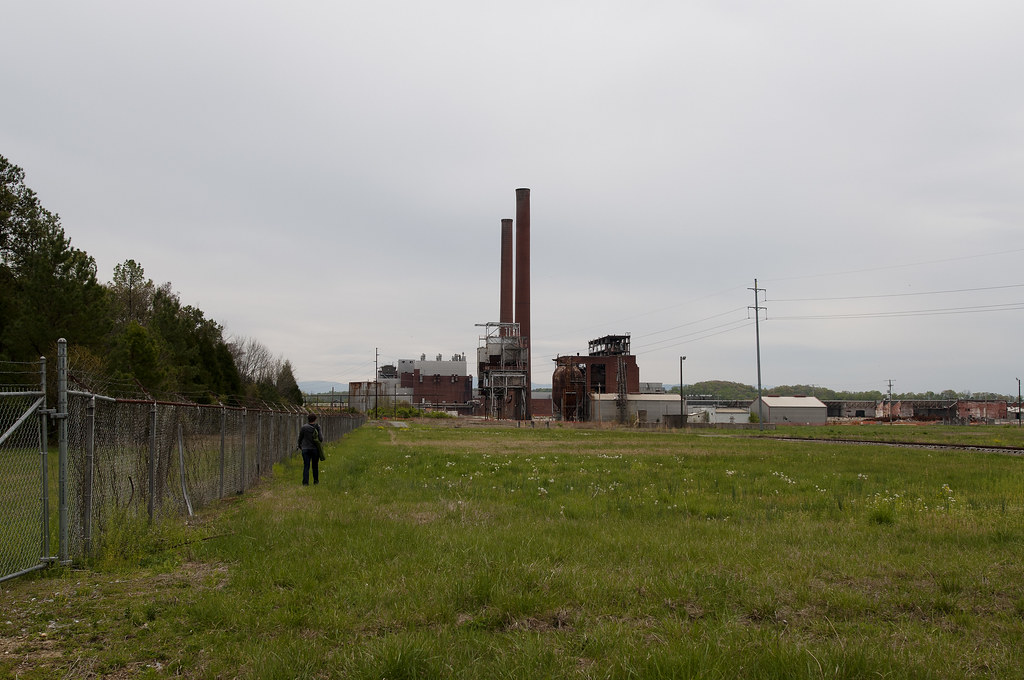
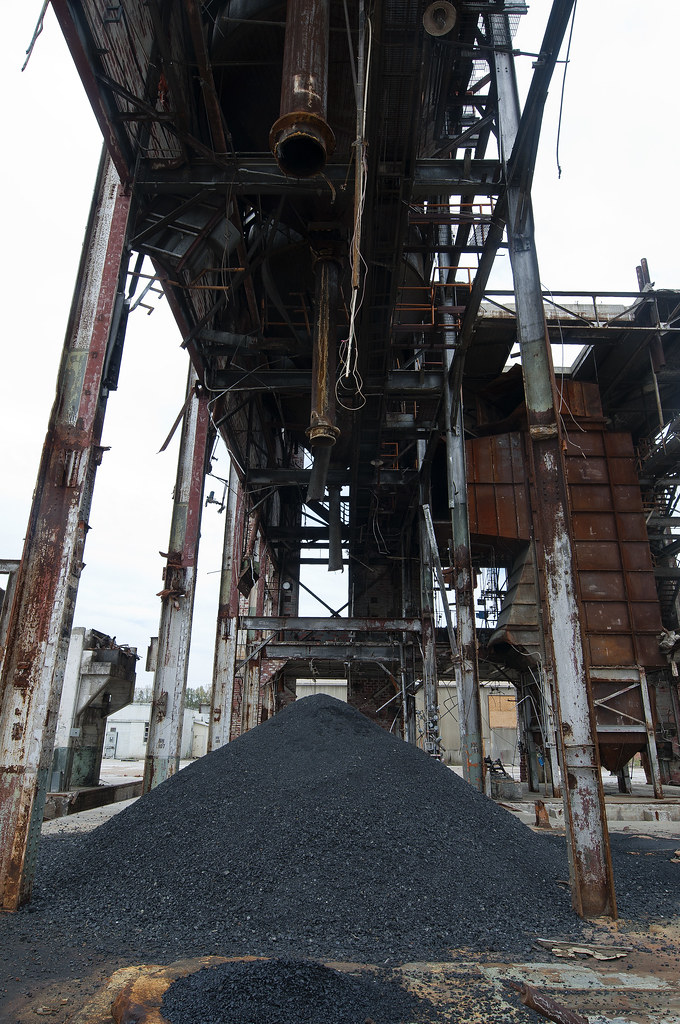
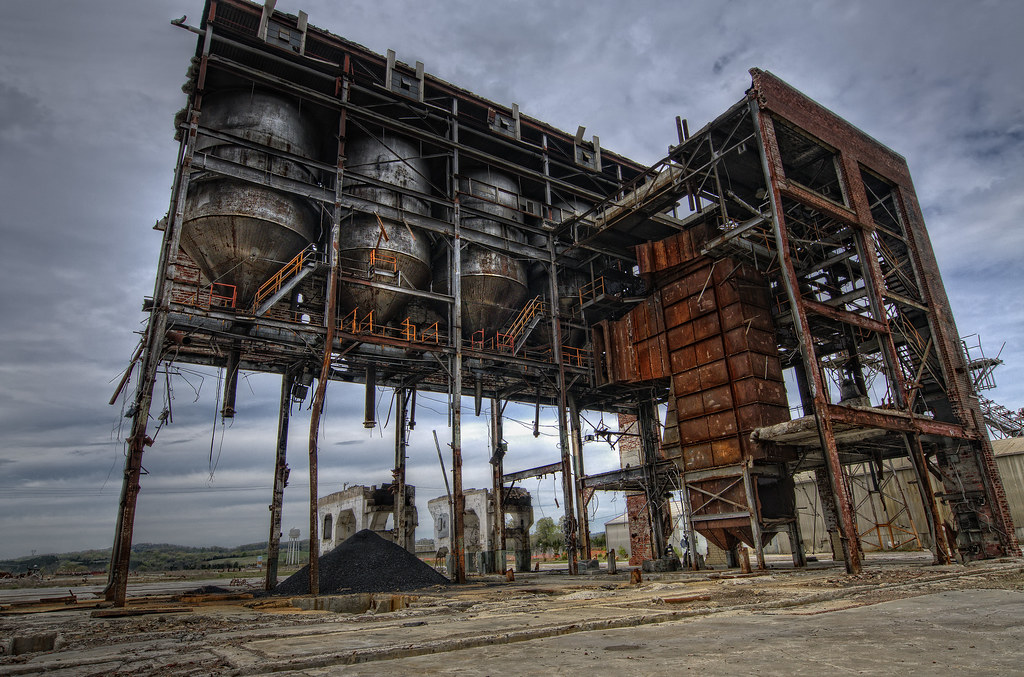
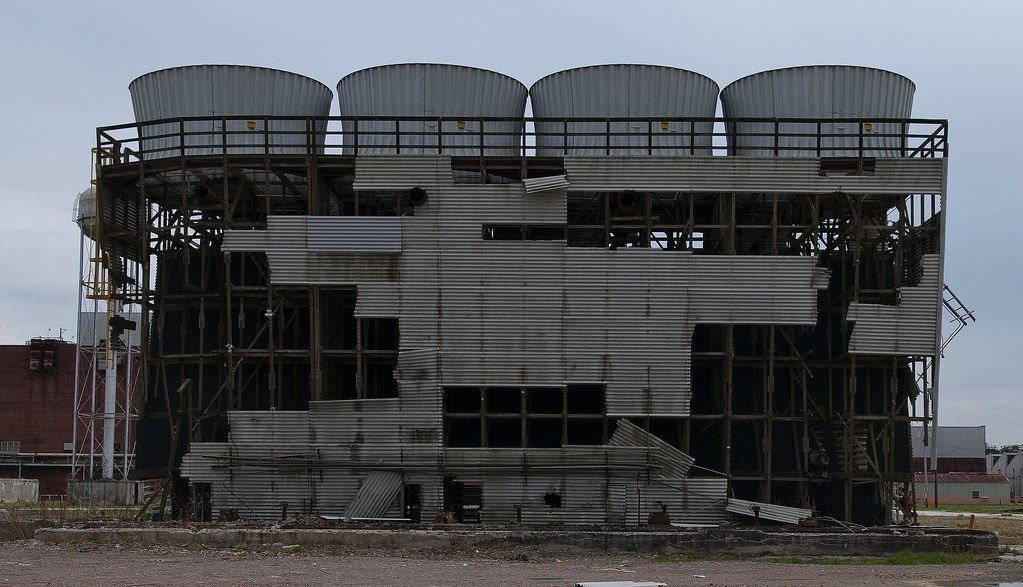
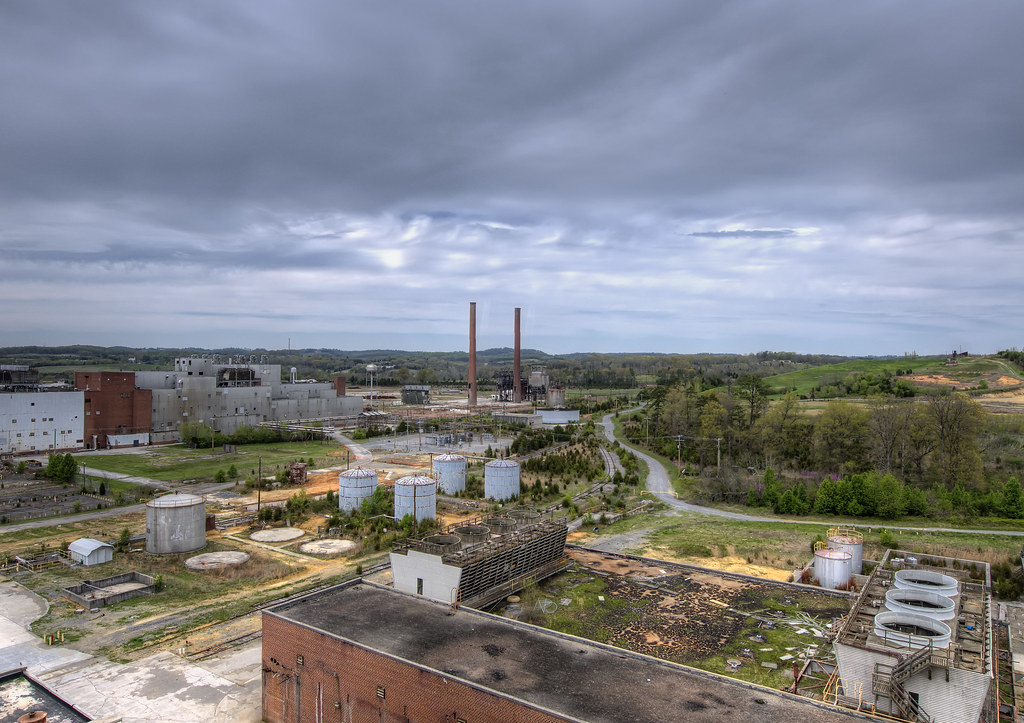
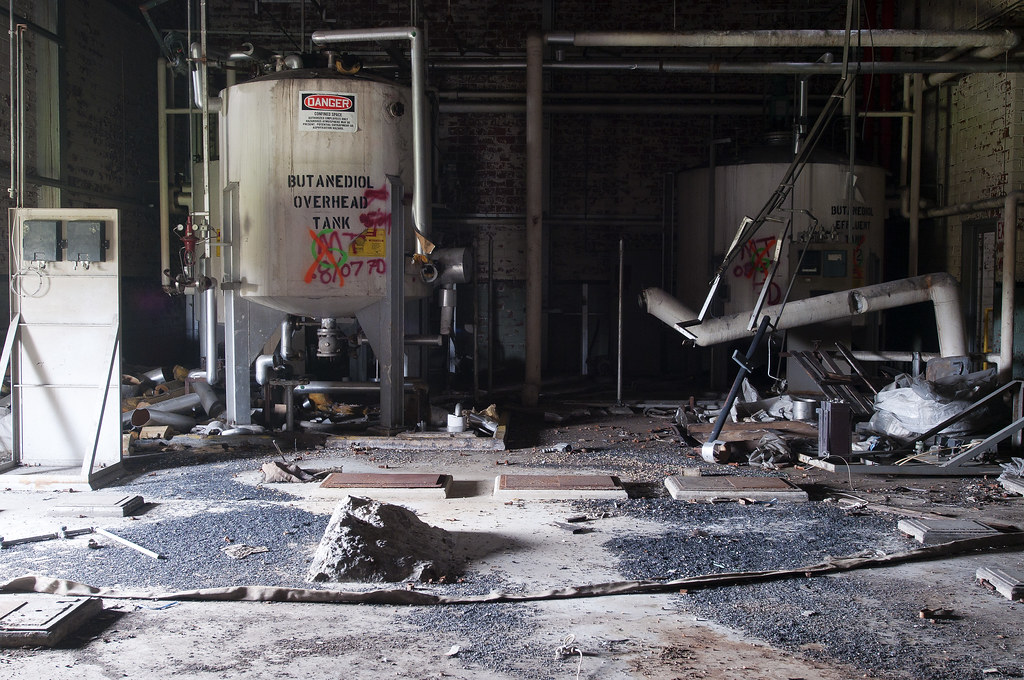
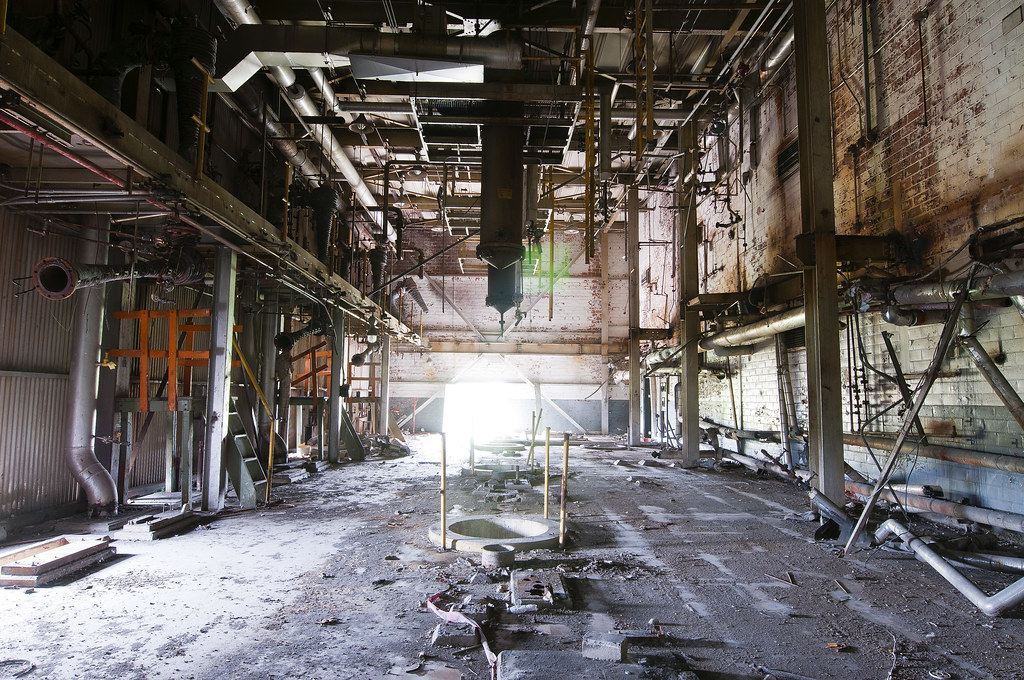
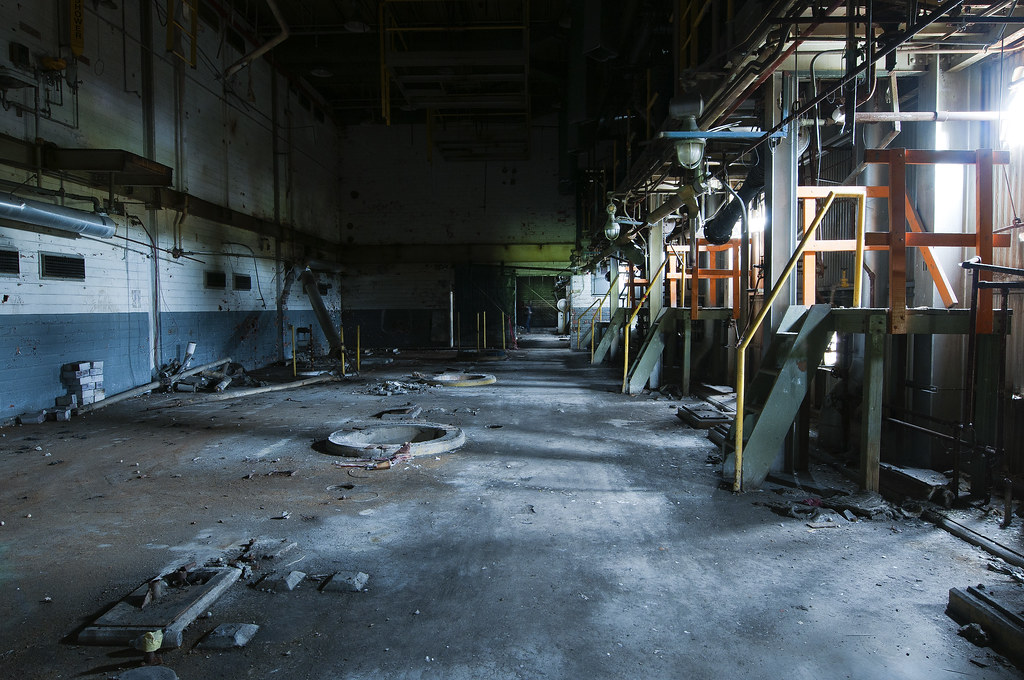
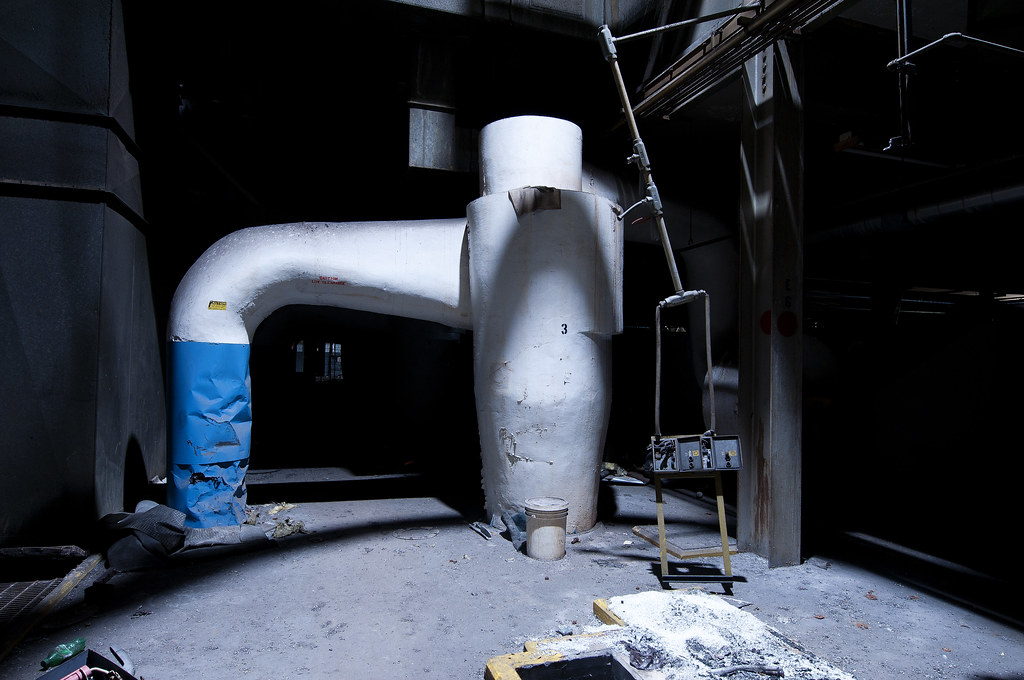
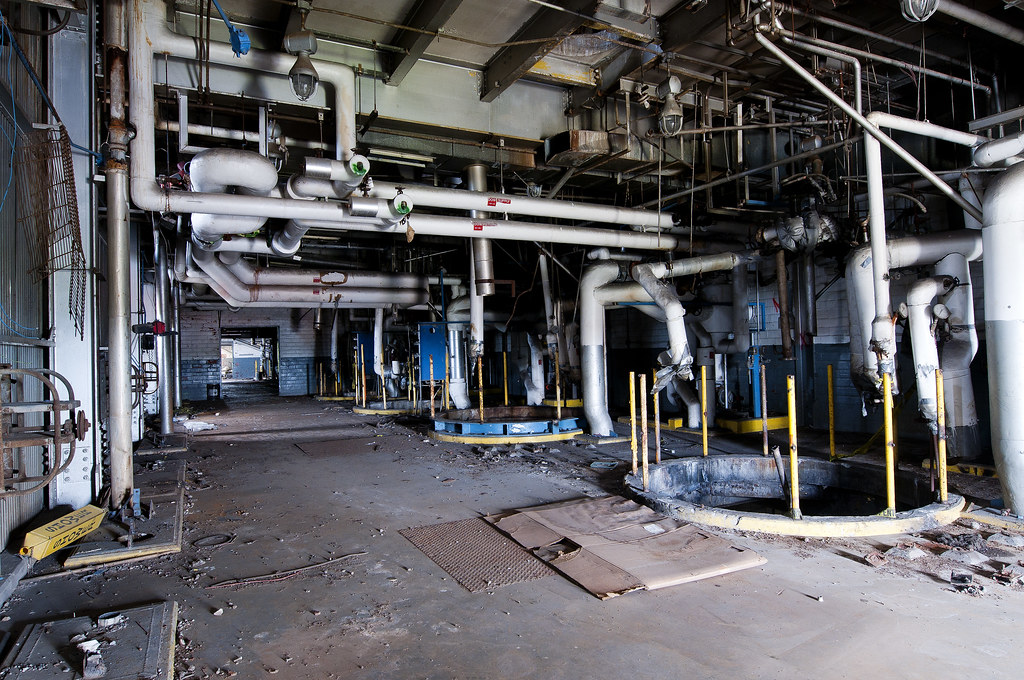
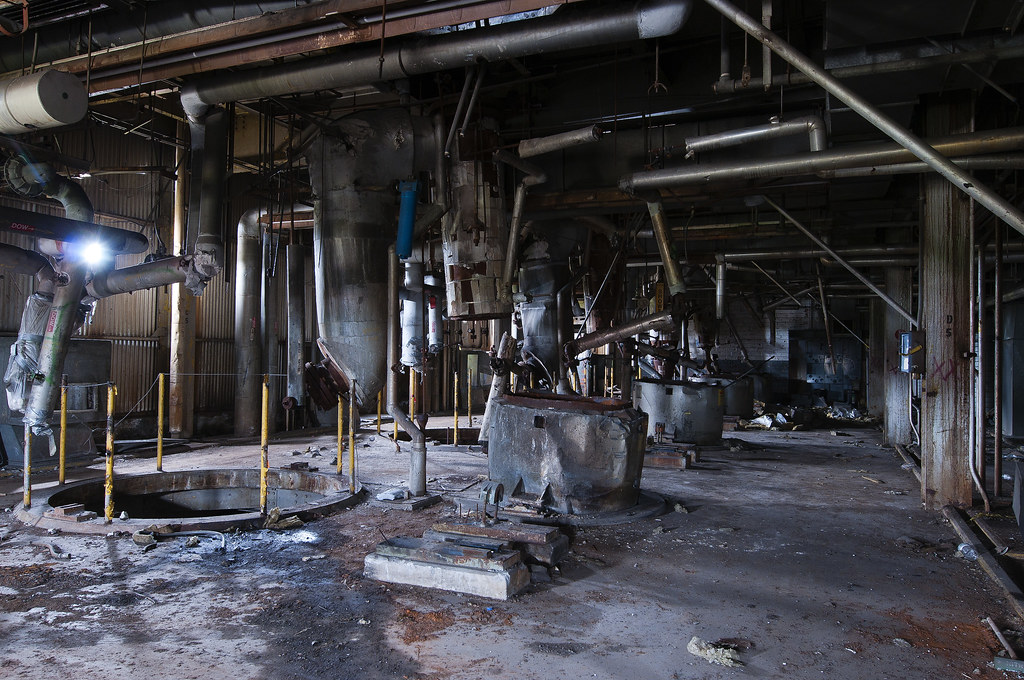
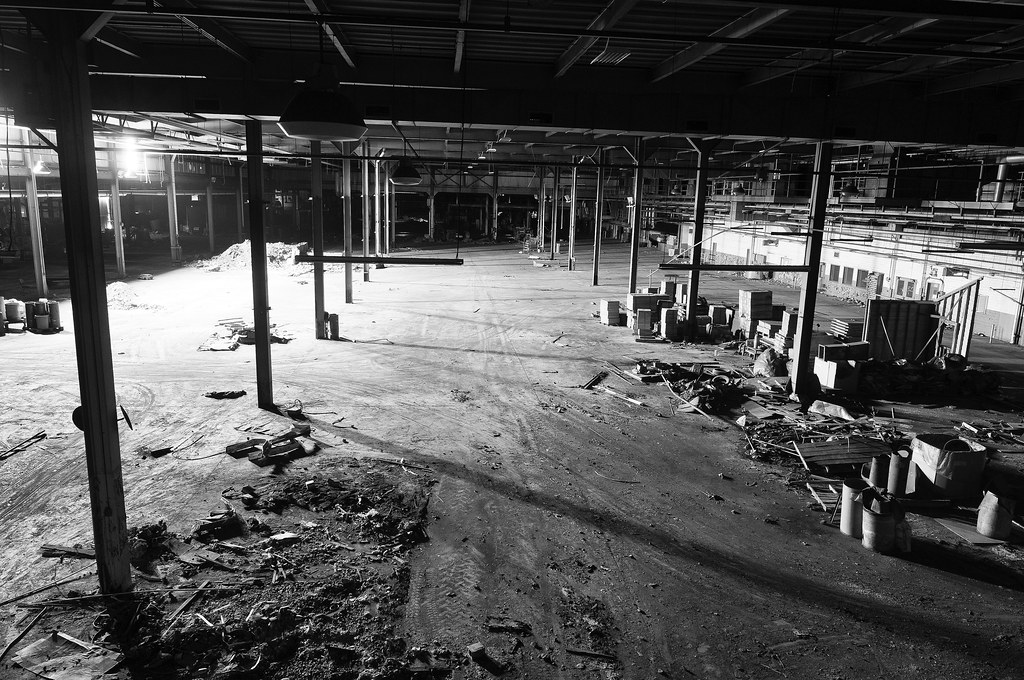
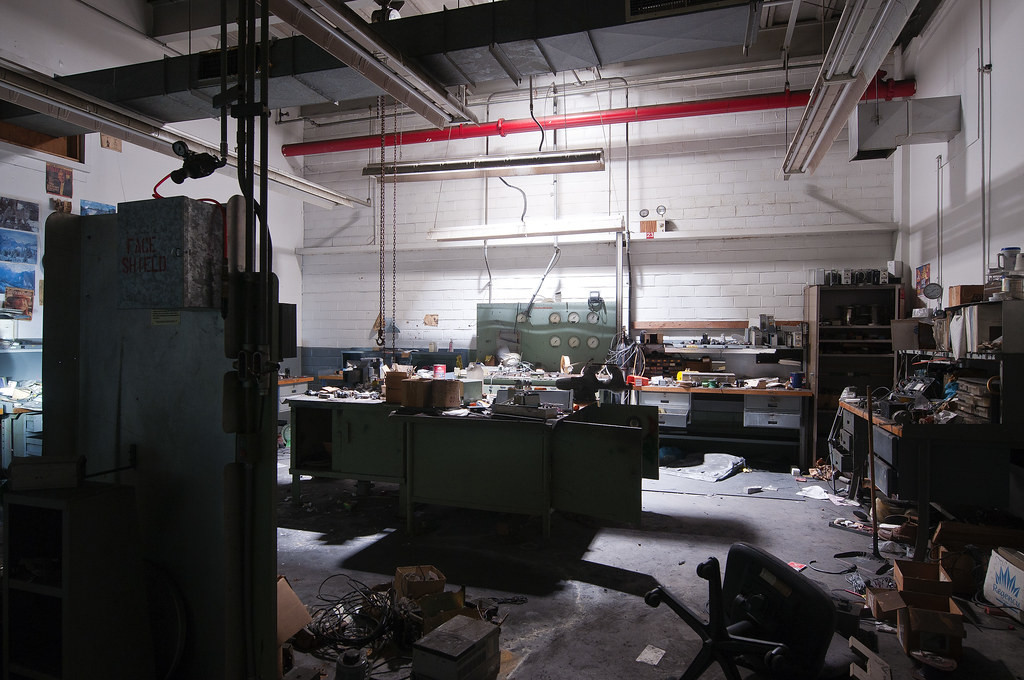
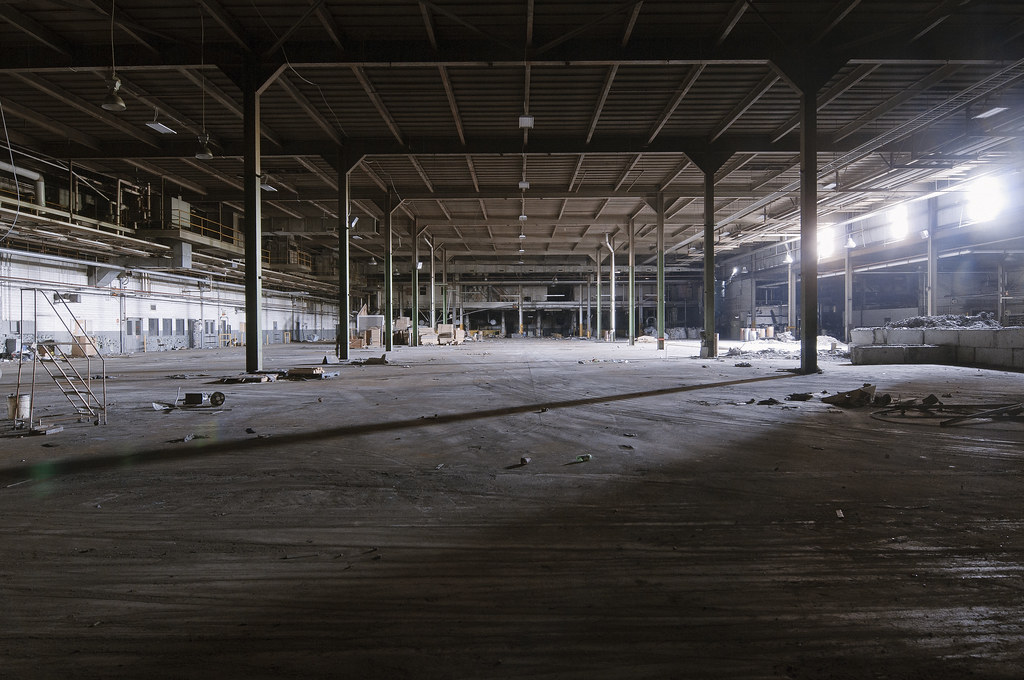
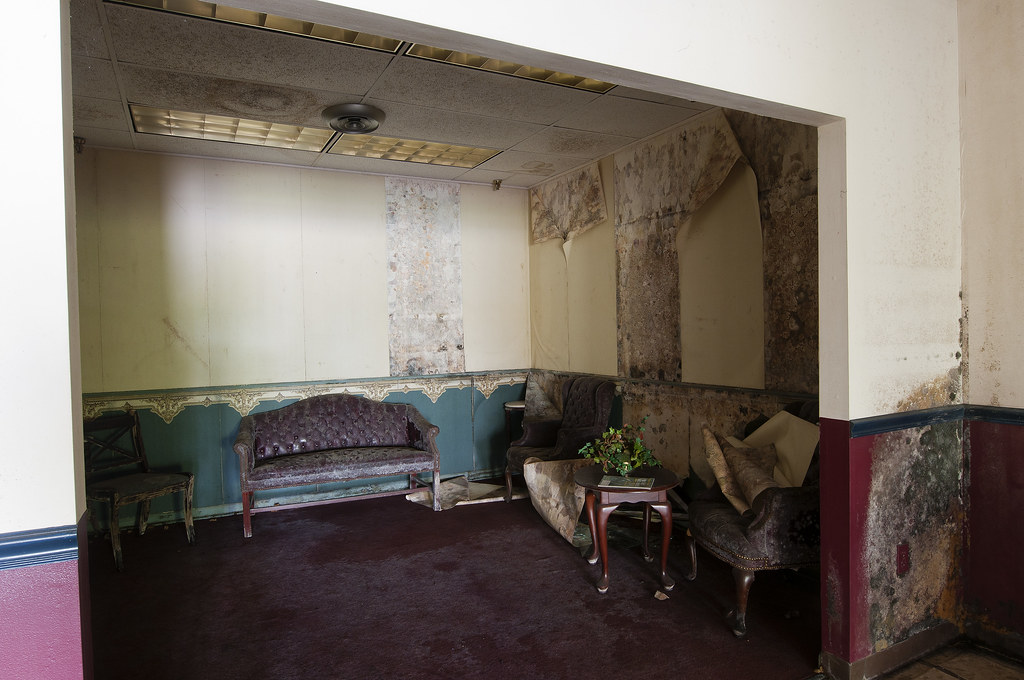


 Reply With Quote
Reply With Quote

